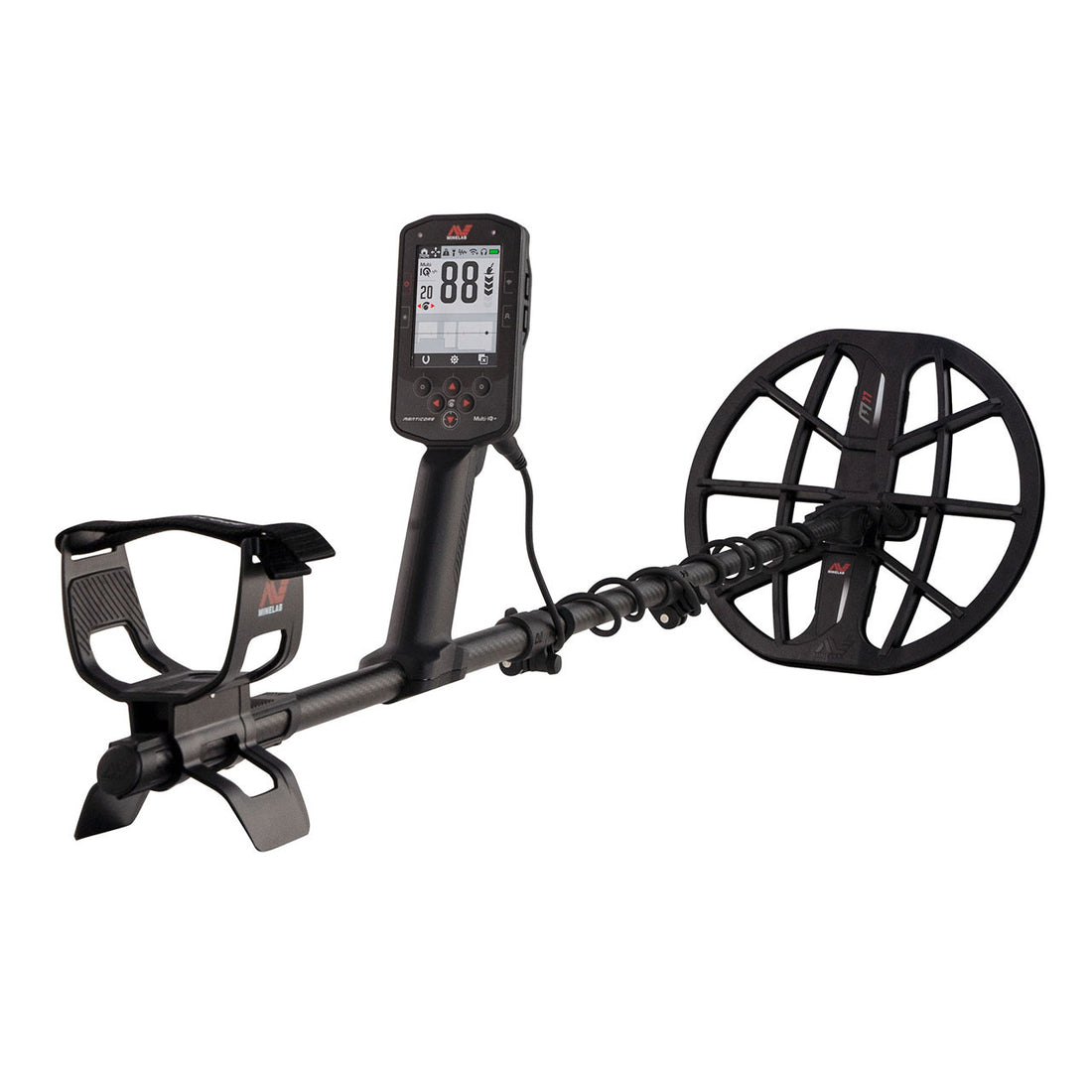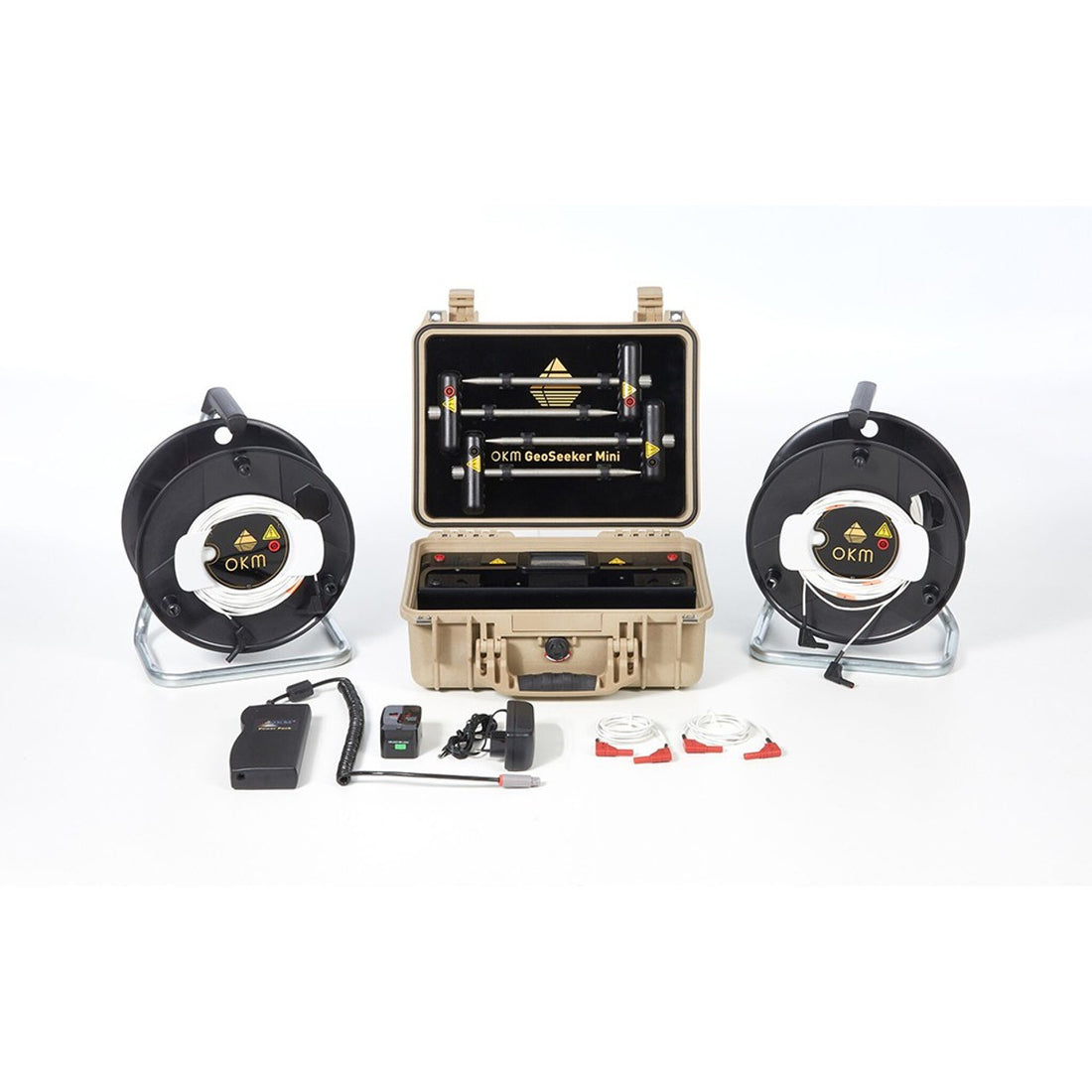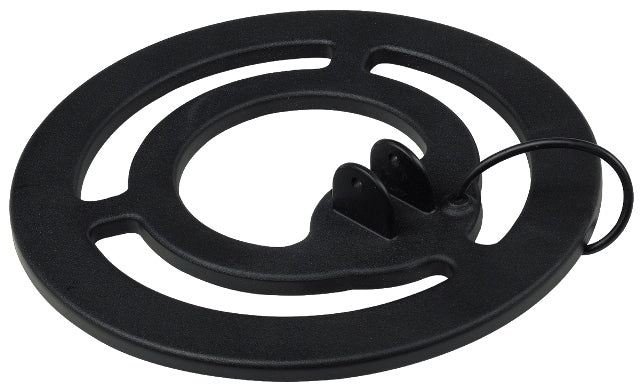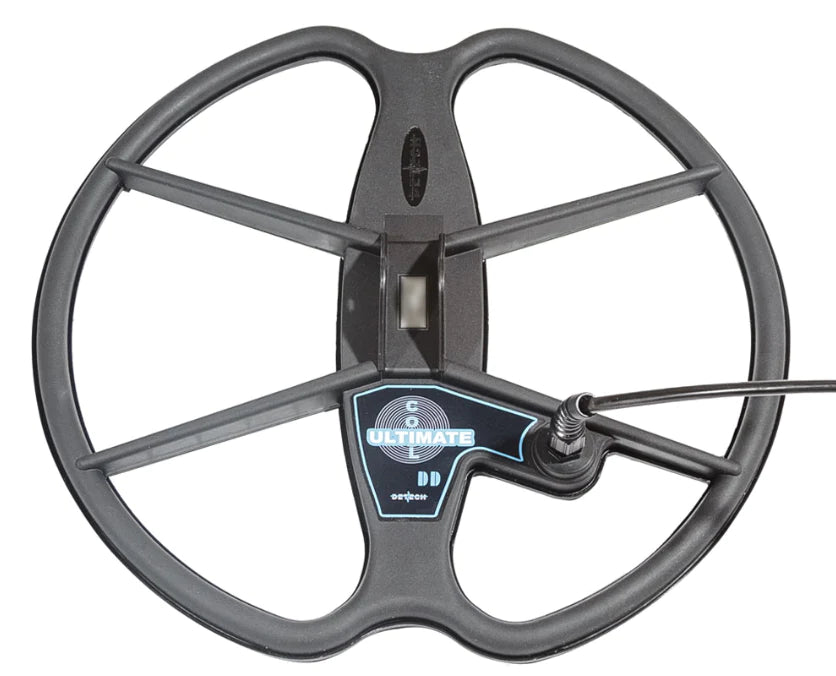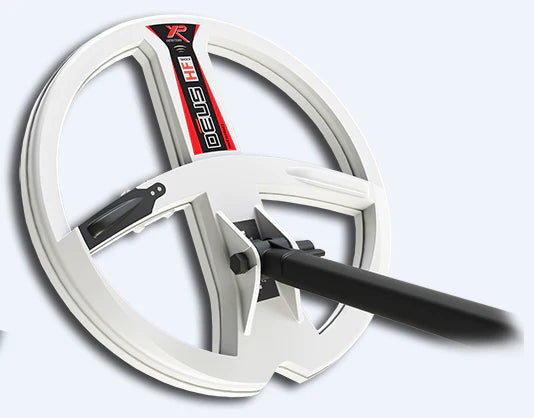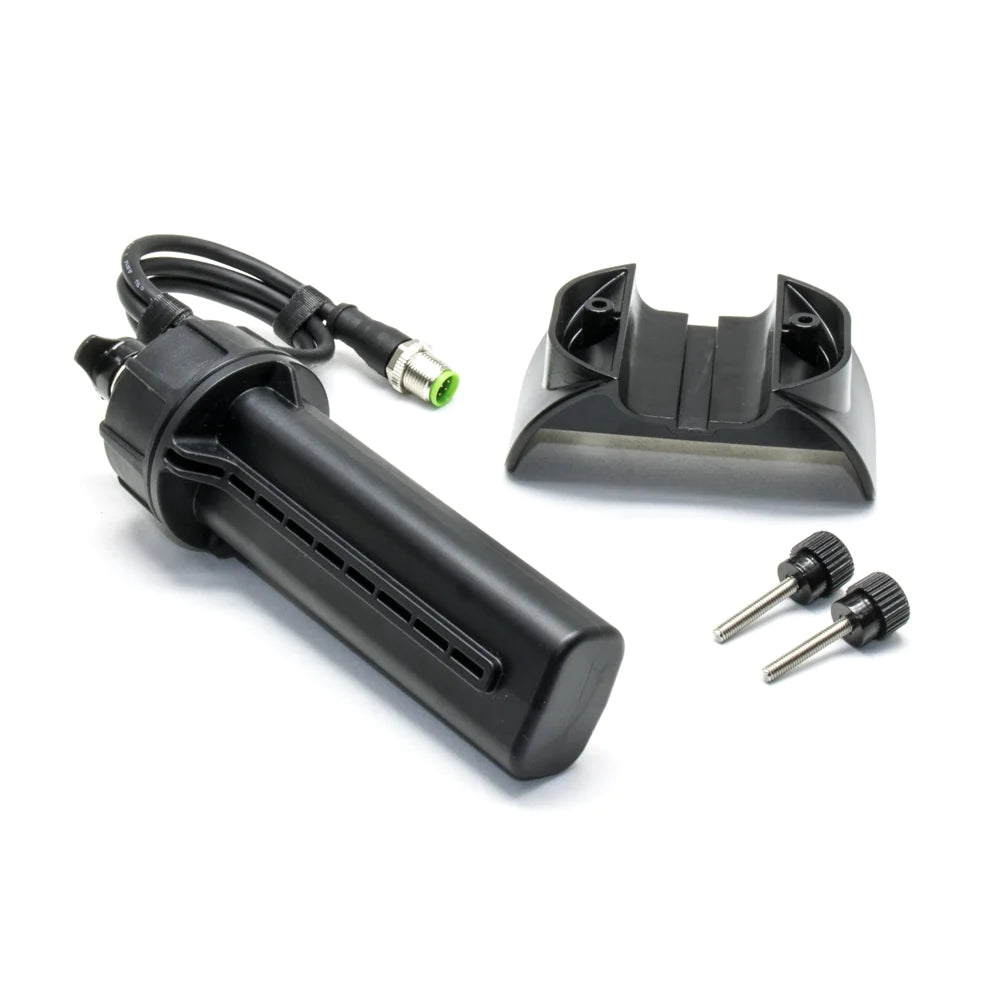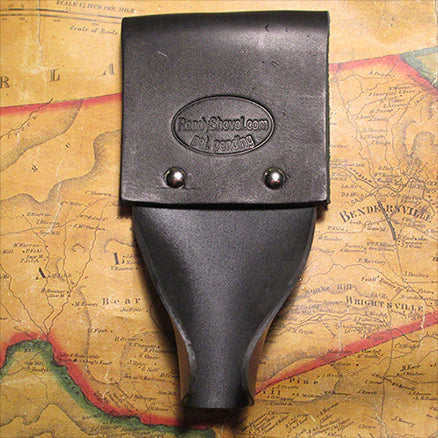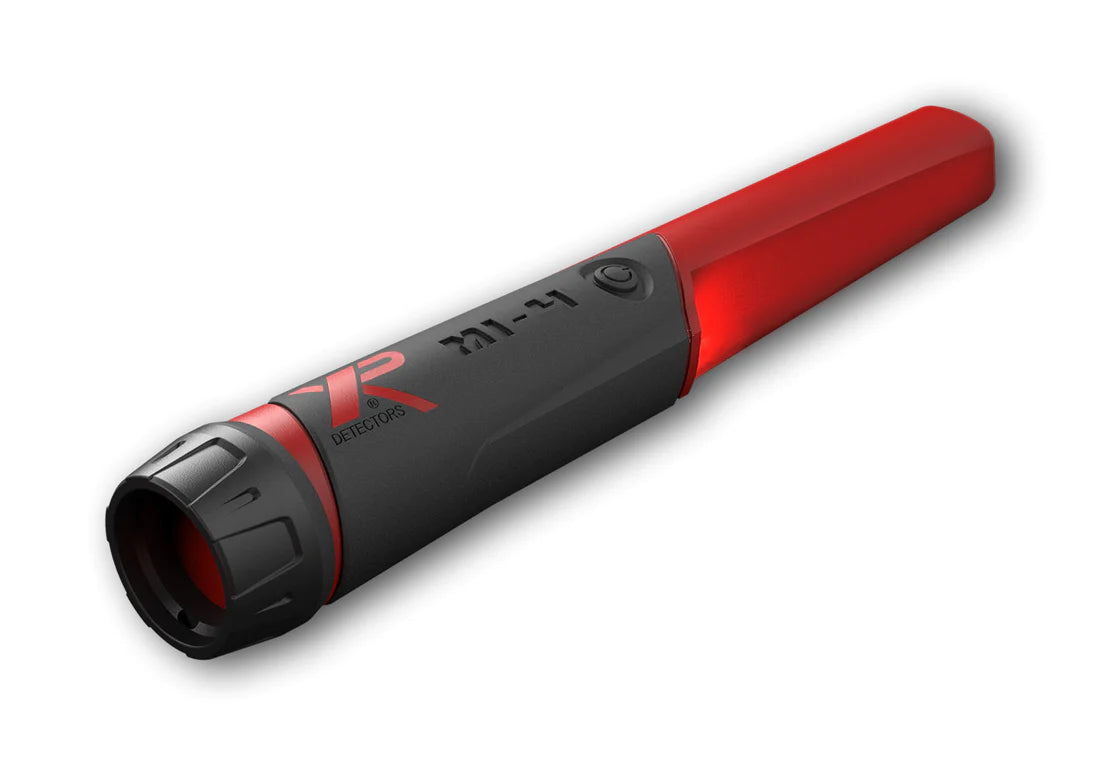Types of Residential Plumbing Pipes
by James Caviness
There are a number of different materials used in your residential plumbing service, but knowing which to use and why could save you time and money in the long run. It's recommended to use a pipe and leak locator when trying to identify the pipe type. PEX, PVC, Copper, ABS, Cast Iron, and Galvanized pipes are all commonly found inside of a home in a variety of applications. The right pipe material can help move water around a home efficiently and without losing as much heat as possible. Using the wrong pipe for a job could create a leak, and a leaky pipe is a serious matter that could cost a homeowner thousands of dollars in repairs.
The History of the Plumbing Pipe
Modern plumbing is something many of us take for granted. Plumbing pipes are used to transport water throughout homes and buildings. They come in many shapes and sizes, but all share some common features. We don't give much thought to how our showers, sinks, and toilets work until something goes wrong or when a rehab or home build prompts a new installation. Amazingly, plumbing has been around for thousands of years thanks to the ingenuity of humans and their want and need to move water from place to place and dispose of sewage waste. It started simple and has advanced to include the systems and pipes we know today.
Early Greek and Roman Origins
The history of the plumbing system and water supply pipe dates back to baked claw and straw pipes and the first rigid copper pipe to the early Egyptians. Even plumbing features and a drain line were found in the pyramids for the dead. Incredibly, modern plumbing was starting to make its first appearance as far back as Ancient Egypt.
It was the Greeks who mastered hot water and cold running water. They even had a water supply line that allowed the athletes to shower after the first Olympic games. It was an innovation that had not yet been seen globally, and I am sure the athletes enjoyed being able to shower after competing.
The Greek neighbors, the Romans, built channels with a water pipe that carried water from the mountains to the city and then underground. This was the first use of an underground water system and would become the first model of how cities and countries would infrastructure their plumbing systems. When the empires fell, it would be decades before new plumbing technology emerged. The History of the Plumbing Pipe was invented around 2200 BC by the Sumerians. The Sumerian civilization was located in Mesopotamia, modern-day Iraq. Their plumbing system consisted of large clay vessels connected by a network of underground piping. These pipes were made out of earthenware and lead.
In ancient Rome, the Romans had a similar plumbing system. However, their pipes were made out of bronze. Roman plumbing systems were very advanced compared to those of the Sumerians. Around 1000 AD, the Chinese began using copper pipes instead of clay pipes. By the Middle Ages, copper pipes became popular in Europe.
The Industrial Revolution
During the Industrial Revolution, the use of copper pipes increased dramatically. During this time period, the United States was becoming industrialized. As a result, there was a huge demand for copper pipes. The water heater came about in the 1870s and revolutionized the home. It changed how people cooked, ate, and were able to bathe. Around the same time, the single-piece ceramic toilet came about. This invention would soon find its way into homes worldwide over the next several decades. The water heater and toilet would change the way drain cleaning was to be done and the kind of pipe fitting technique that would need to be learned by plumbers. At this time, galvanized steel pipe, rigid copper, and lead pipe were still the standards.
The History of the plumbing pipe dates back to the early 1800s. At that time, the invention of the steamboat created a need for a reliable way to move water across long distances. To meet this need, engineers developed a new kind of pipe. This new type of pipe was made out of cast iron. Cast iron pipes were durable and could withstand high temperatures. Because of this, they were able to handle the heat generated by steam boilers.
Impact of World Wars
However, cast iron pipes were heavy and difficult to install. For this reason, they weren't commonly used until after World War I. After WWI, the U.S. government needed a reliable method of transporting water across the country. Engineers realized that cast iron pipes would not work for this purpose. Therefore, they designed a new type of pipe. This pipe was made out of plastic. These plastic pipes were lightweight and flexible. They were easier to install than cast iron pipes. Because of this, plastic pipes quickly replaced cast iron pipes. Today, plastic pipes are still widely used.
It wasn't until World II that restrictions caused the halt of the production of steel pipe, including galvanized steel, black iron pipe, and copper plumbing pipe. This prompted new materials for plumbing like plastic pipe, CPVC pipe, PVC piping (polyvinyl chloride pipe), and pipe fittings made with alternate materials. Although, after the war ended, the production of metal and copper piping could resume again, the use of alternative materials would continue to expand in both commercial and residential plumbing.
It is no secret that plumbing has made a lot of progress since its inception. With it the advancement of how a pipe cutter is used for different types of plumbing pipe material, including PVC plumbing pipes, plastic plumbing pipes, and polyethylene pipe. Gone are the days of clay and straw pipes. It is also no longer size fits all metal pipe and plumbing fitting anymore. No matter what project you may be looking to DIY or have a professional complete in your home, many options mean you will have plumbing pipes that will last in your home.
6 Types of Plumbing Pipes Used in Homes
1. PEX Pipe
PEX or Polyethylene cross-linked pipe is commonly used inside of a home for water supply lines. Since PEX is plastic, it does not leach into the water supply the same way a galvanized pipe would. PEX is also more flexible than PVC, so it is more easily fit into tight spots. PEX is color-coded for hot and cold water. PEX piping cuts very easily and can join to copper fittings. PEX tubing is non-metallic, so it cannot be traced with a locator. If a leak is detected in PEX and the pipe is underground, a leak detector would need to be implemented.
2. PVC Pipe
PVC is another form of piping found in and around a home and is commonly used for sewage, drain, or vent pipes. PVC is good for low-pressure water systems but should not be used to handle any pressurized systems inside of a home, making it ideal for sewage. PVC is not able to be joined like copper or PEX piping and instead needs to be cut to a specific size and fit. The glue used to fit the PVC together degrades over time, which could be an issue. A leaky PVC pipe could be a dangerous situation since PVC pipe is non-metallic and not easily detected; locating the leak could be difficult. Knowing precisely where your home plumbing pipes are located can save time and money if a dangerous leak ever happens.
3. Copper Pipe
Copper pipes are used for potable water supply lines and have been used for decades inside of homes. Copper pipes are most common around fixtures like sinks, showers, and other major appliances. Copper has been the metal of choice for use with water supply pipes used for drinking water since the copper plumbing pipes do not have any effect on the water passing through and can stand up to extreme heat and pressures. Unlike plastic pipes, copper pipes require fitting to be done with a high amount of heat, which is typically outside the comfort zone and skill set of a DIY homeowner. In case of a leak, copper pipes can be some of the easiest to locate since they are metallic. A pipe locator could be used to trace the pipe, and a leak detector could be used as well to see if there is an issue.
4. ABS Pipe
ABS may look similar to PVC, and in fact, ABS is stronger than PVC. However, ABS is prone to warping in sunlight, so it's best used underground for drainage pipes. There is not typically much ABS piping found inside of a home, but it may be found outside. There is no easy way of detecting an ABS pipe, so in case of a leak, a specialized detection system would need to be used in order to find it. An HDPE Pipe is a plastic pipe that is made from a polymer called High-Density Polyethylene (HDPE). There are many uses for pipes of this type, and they can be used both domestically and commercially.
5. Cast Iron Pipe
Cast iron plumbing pipes and galvanized pipes are no longer used for water supply purposes inside of the home because, over time, they degrade and cause severe damage to a home if not handled quickly.
The most common type of pipe found in homes today is copper piping. Copper has become the standard because it does not corrode like cast iron or lead piping. It is easy to work with and install, and it is relatively inexpensive.
6. Galvanized Pipe
When compared to lead pipes, galvanized pipes were the lesser of two evils; however, with other options for a homeowner to select like PEX, PVC, and copper, galvanized and cast iron plumbing pipe for sewer pipe is only found in older homes that have not been updated. A burst pipe can lead to damage to the environment, home, and even our own health. One positive to cast iron and galvanized pipes is that they are very easily detected with a magnetic locator and, in case of a drain pipe leak, can likely be found with ease.
© 2021 Detector Electronics Corp. - Revised August 2022


